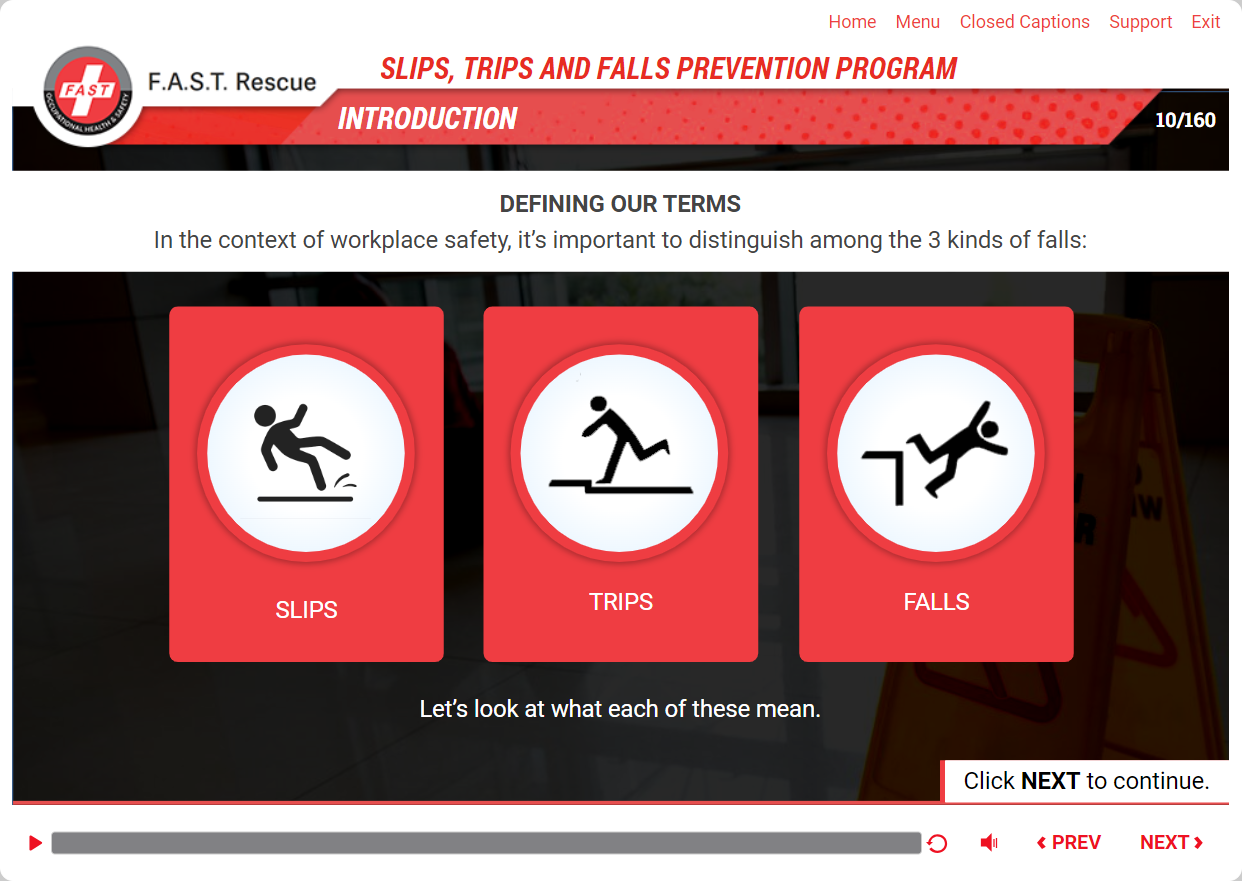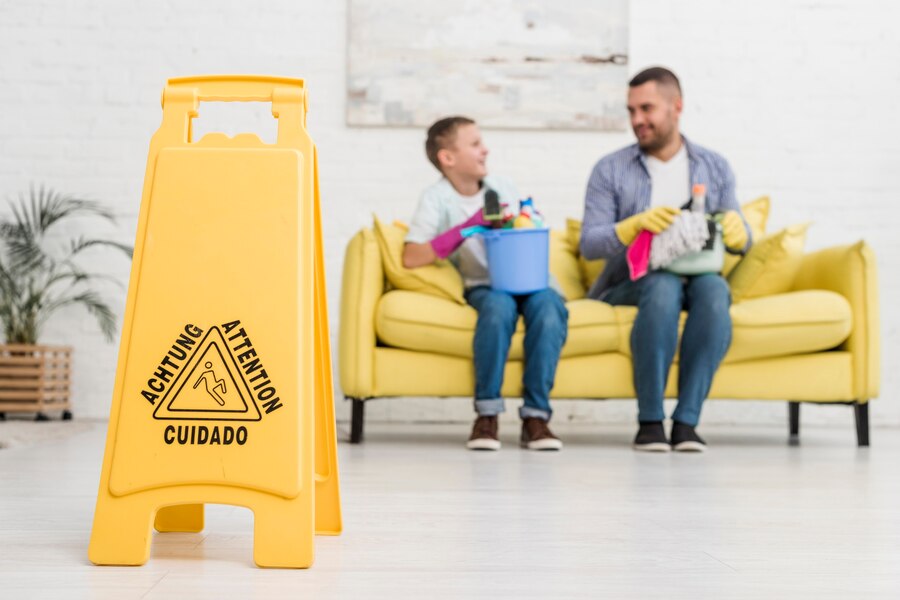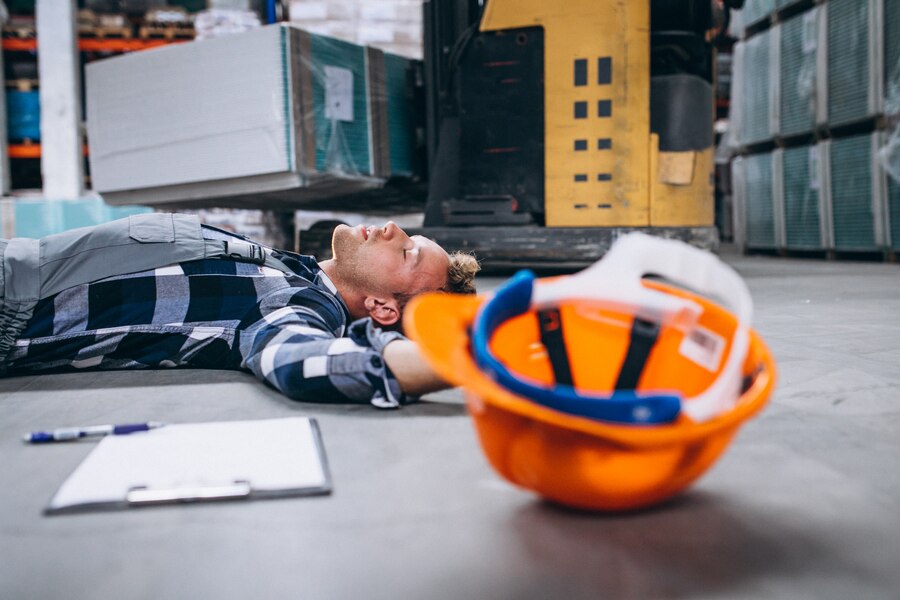OHS – SLIPS, TRIPS, AND FALLS PREVENTION PROGRAM TRAINING ONLINE COURSE AND CERTIFICATION
OHS – Preventing slips, trips, and falls involves taking steps to avoid accidents caused by slipping on surfaces, tripping over obstacles, or falling. This includes identifying and fixing potential hazards to create a safer work environment and reduce the risk of accidents.
Slips, trips, and falls prevention program is a set of strategies and procedures designed to minimize the risk of injuries resulting from slips, trips, and falls in the workplace or any other area with a high potential for accidents. Slips, trips, and falls are among the most common causes of workplace injuries and can result in serious harm, including fractures, head injuries, and even fatalities. The prevention program aims to reduce these risks by identifying potential hazards and taking steps to eliminate or control them.




